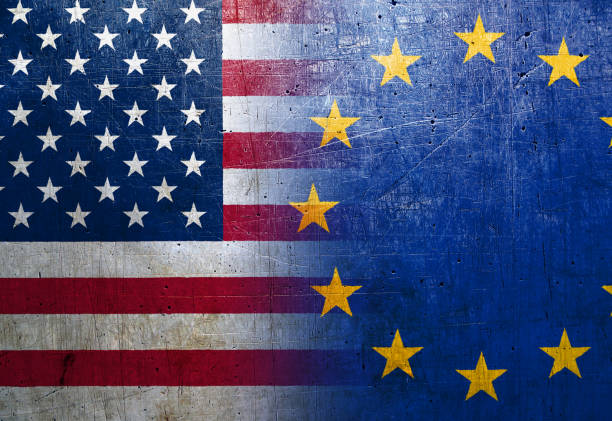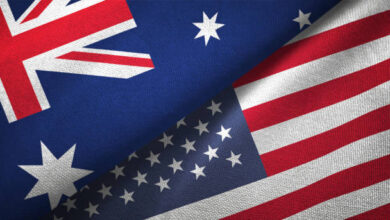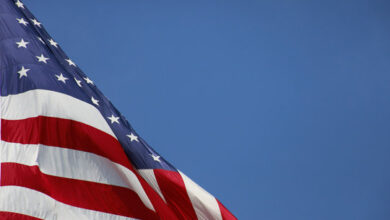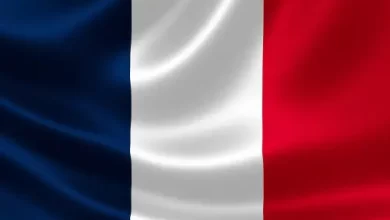How Trump is Pushing Europe Towards Rearmament

Recently, when asked whether he would defend an ally that did not meet the 2% GDP spending on defence against Russia, Trump claimed that not only he would not defend such country but he would also encourage Russia. Although the reality of this statement is probably a toned-down version of what Trump said, it raises concerns as to US’s commitment to NATO, and specifically to its premise that an attack on one is an attack on all. This is especially so considering Russia’s accelerated rearmament and increased pressure on under-resourced Ukrainian forces, which is leading many European governments to anticipate a concrete threat of a Russian attack in the coming years.
Trump casting doubts as to US’s commitment to NATO, were he to become president, inevitably weakens deterrence and increases the risk of conflict by emboldening countries like Russia. Nonetheless, Trump’s “tough love” approach might lead to NATO members ensuring they meet the 2% GDP target. In fact, last year the number of members meeting the target increased from three to eleven. At the same time, Baltic states, most exposed to Russian threat, have begun to stiffen their defences. In January the defence ministers of Estonia, Latvia and Lithuania announced that they would build a string of “anti-mobility defensive installations” along their border with Russia and Belarus, collectively known as the Baltic Defence Line. The aim of these installations would be to slow invaders, wear them down and buy time for reinforcements to arrive. Similarly, Poland is also building up fortifications and shelters along its borders with Russia and Belarus.
Obviously, Russia’s constant threat and perseverance in Ukraine was the main factor driving this change; in fact, Denmark’s defence minister states that “it cannot be ruled out that within a three-to-five-year period Russia will test Article 5”. However, the doubt casted on US’s commitment to article 5 of the Washington Treaty has prompted European countries to envision a future in which they cannot rely on American protection. Arguably, this is ultimately for the best. European countries should thrive to meet the necessary spending to fulfil NATO’s existing defence plans in order to enhance their sense of security, even if this happens under the threat of US’s withdrawal. Inevitably, doing so presents a challenge for European countries struggling with many other internal issues and a general sense of lack of funds.
Their agenda would indeed be daunting. They would need to invest in all those things America is currently providing them with. These include ammunition, command-and-control systems, satellites, drones and much more. It would also be necessary for European countries to at least partially integrate their defence industries, which presents additional challenges. Furthermore, the looming threat of nuclear violence would remain one of the main issues Europe faces; even with the nuclear deterrence provided by France and Britain, without America, Russia would still represent a great challenge.
Regardless of the many challenges this change presents, and the impossibility of filling the gap US’s withdrawal would create, it is argued that a step towards a greater independence from the US is necessary and ultimately beneficial to strengthen the NATO alliance. This latter point should, indeed, be the main focus as it is the only adequate response to the growing ties between China, Russia, Iran and even North Korea. A renewed commitment to NATO’s requirements might help change the view, spread in America beyond Trump and his supporters, that NATO is ultimately a bad deal for America, as it allows other countries to freeride on American taxpayers’ money. Therefore, in the end, Europe should use Trump’s threats and the general uncertainty surrounding US’s commitment to NATO as a reason to build on its own defence, which in turn might revive American’s trust in NATO being a valuable asset and not a burden.
By The World Forum on Peace and Security



